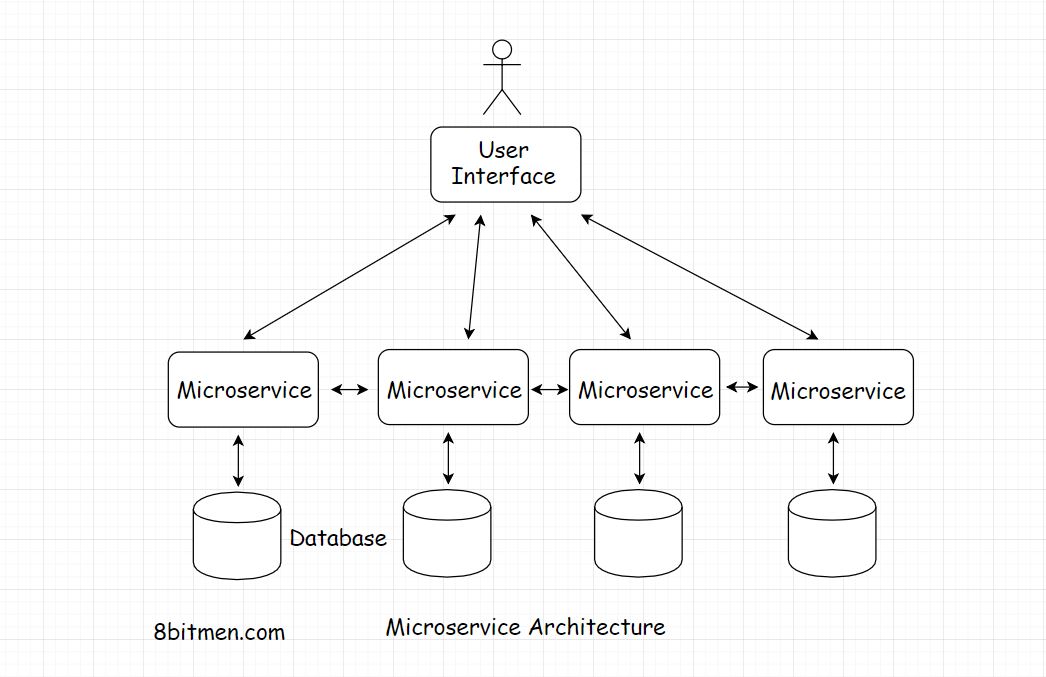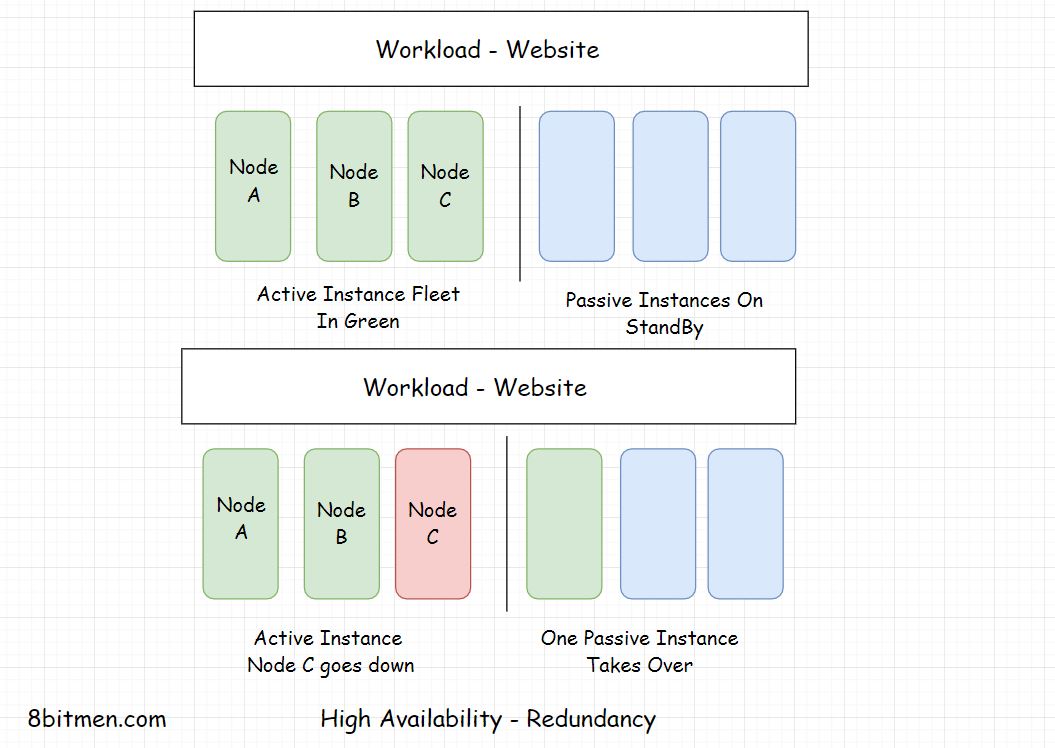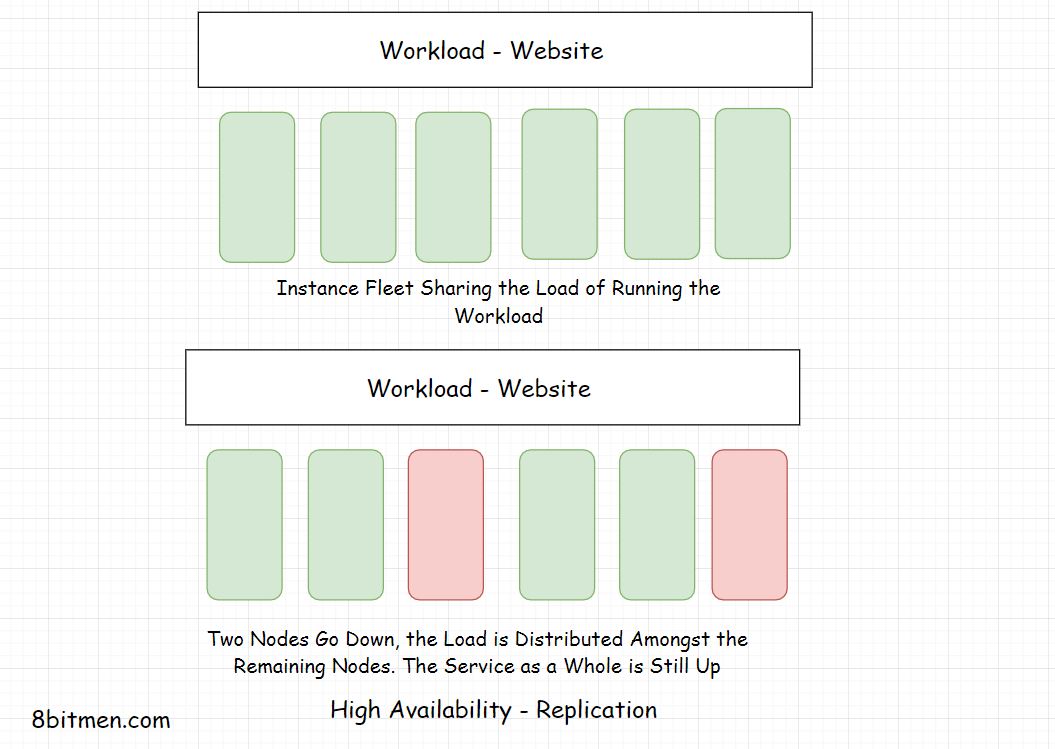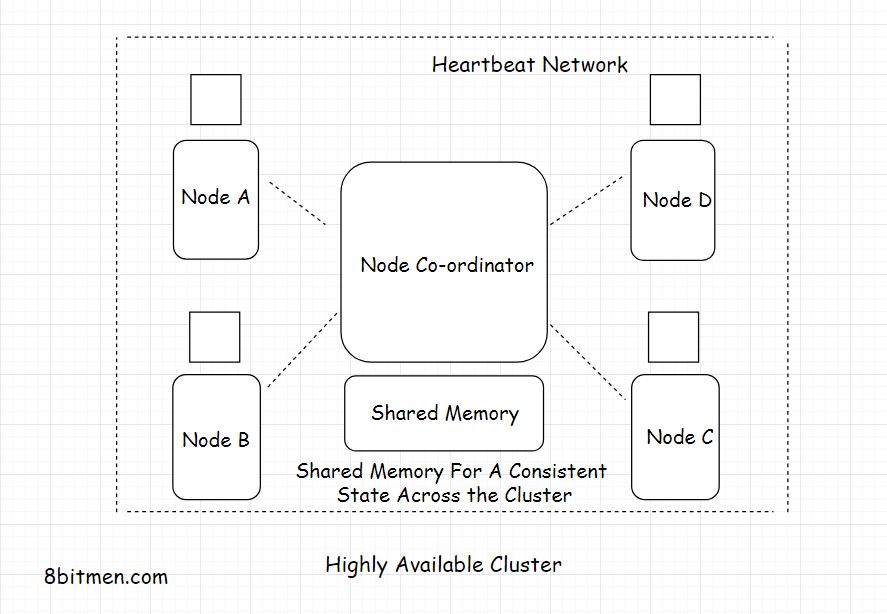High Availability
Fault tolerance
Fault tolerance is the ability of the system to stay up despite taking hits.
Failure reasons
-
Software crashes
-
Hardware Failures
-
Human errors This is an interesting read.
-
Planned Downtown: maintenance operations, software, hardware upgrade.
Fail soft:A few of the instances/nodes, out of several, running the service go offline & bounce back all the time. In case of these internal failures, the system could work at a reduced level but it will not go down entirely.
Highly Available Fault-Tolerant Service.
the entire massive service is architecturally broken down into smaller loosely coupled services called the micro-services

Redundancy
Active-Passive HA Mode

GPS, aircrafts, communication satellites which have zero downtime. The availability of these systems is ensured by making the components redundant.
Single point failure: Distributed systems
Monitoring & Automation - to cut down human errors
Replication
Active-Active High Availability

Geographical Distribution of Workload
High Availability Clustering
A High Availability cluster also known as the Fail-Over cluster contains a set of nodes running in conjunction with each other that ensures high availability of the service. Heartbeat network monitors the health.
A single state across all the nodes in a cluster is achieved with the help of a shared distributed memory & a distributed co-ordination service like the Zookeeper.

e.g. Jenkins master and clients.
Disk mirroring/RAID Redundant Array Of Independent Disks, redundant network connections, redundant electrical power
Which of the following statements is true in context to scalability & high availability?
Scaling an application horizontally means getting rid of single points of failure & that means the application also becomes highly available.